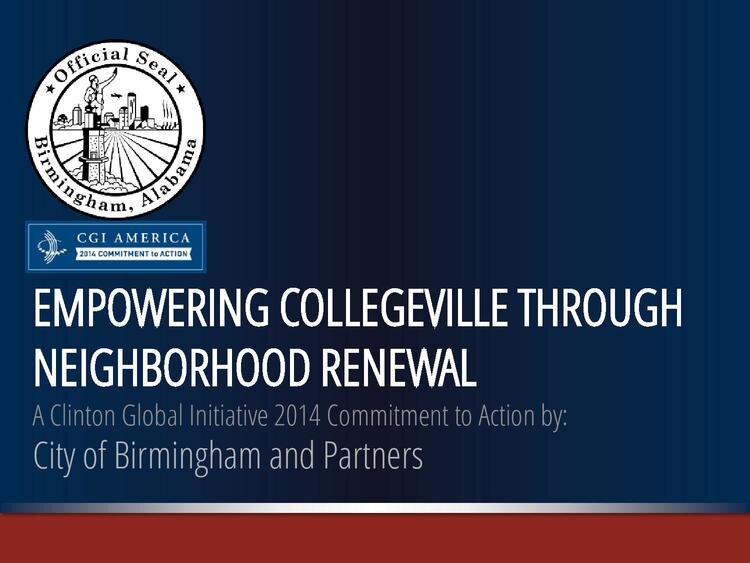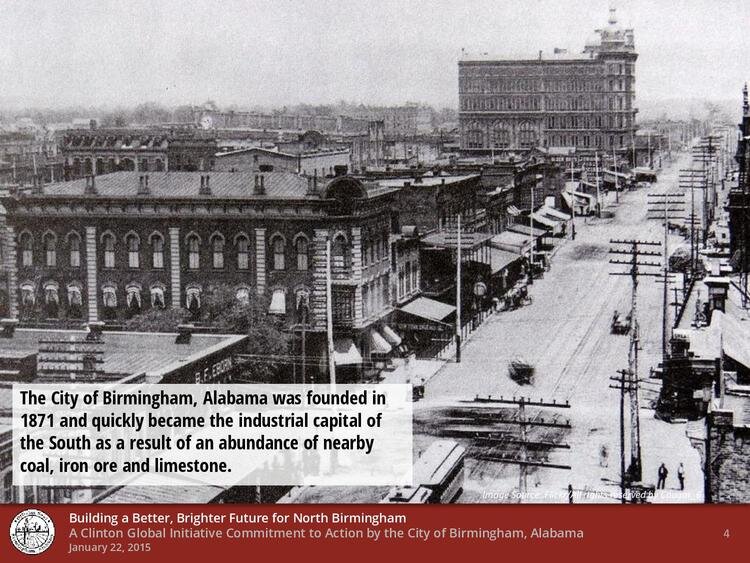How Climate Change, Environmental Justice, and Civil Rights History Converged in Birmingham, Alabama
/Last week, President-elect Joe Biden introduced his picks for a team that will address climate change that includes Brenda Mallory, a longtime environmental attorney, who will chair the Council on Environmental Quality and many other notable leaders in the environmental justice space. I was reminded of an earlier career highlight when I assisted the City of Birmingham, Alabama, to launch its ambitious commitment to “Empower Collegeville through Neighborhood Renewal.”
As part of my work at the Clinton Global Initiative, I oversaw the development of the City of Birmingham’s six-point plan for ongoing community revitalization and the creation of hundreds of jobs in North Birmingham. Executed through creative collaboration between the City of Birmingham and its partners, the holistic plan included: soil remediation, development of vacant lots around historic Bethel Baptist Church into green space, construction of a pedestrian/vehicular bridge, redevelopment of Maclin Park, the building of affordable housing on the former Carver High School site, and floodplain management.
The sessions I facilitated for elected officials from the City of Birmingham at CGI America in 2014 also underscored the paramount importance of access to demographic data and its correlation to methodology development, as well as climate-focused community planning. This matters not just for the current environment but also for projecting their community’s future over the next ten years.
The critical environmental justice issue the City was confronting focused on older adults living near contaminated air and soil for over 70 years, where residents have long expressed concerns regarding water, air, and soil contamination, health-related illnesses, and the steady decline in their property values as a result of living next to a metal recycling facility. I learned how critical it is to include crime statistics, income data, population information, education attainment, class of workers, and housing values in every step of the decision-making process when defining policies.
Though I couldn’t join the City of Birmingham to implement the project entirely, I was excited to monitor its progress to deliver on its commitment to action in phases. For example, the construction of The Maxine Herring Parker Bridge, a new pedestrian and vehicle overpass that today allows people to bypass train delays and improve public safety, has made significant improvements in reducing air pollution.
This project is a reminder that as we look forward to a low-carbon economy, we will need to assist heavy industries with meeting environmental objectives while also creating more economic justice for communities, more excellent health, wellbeing, and prosperity for all.
















